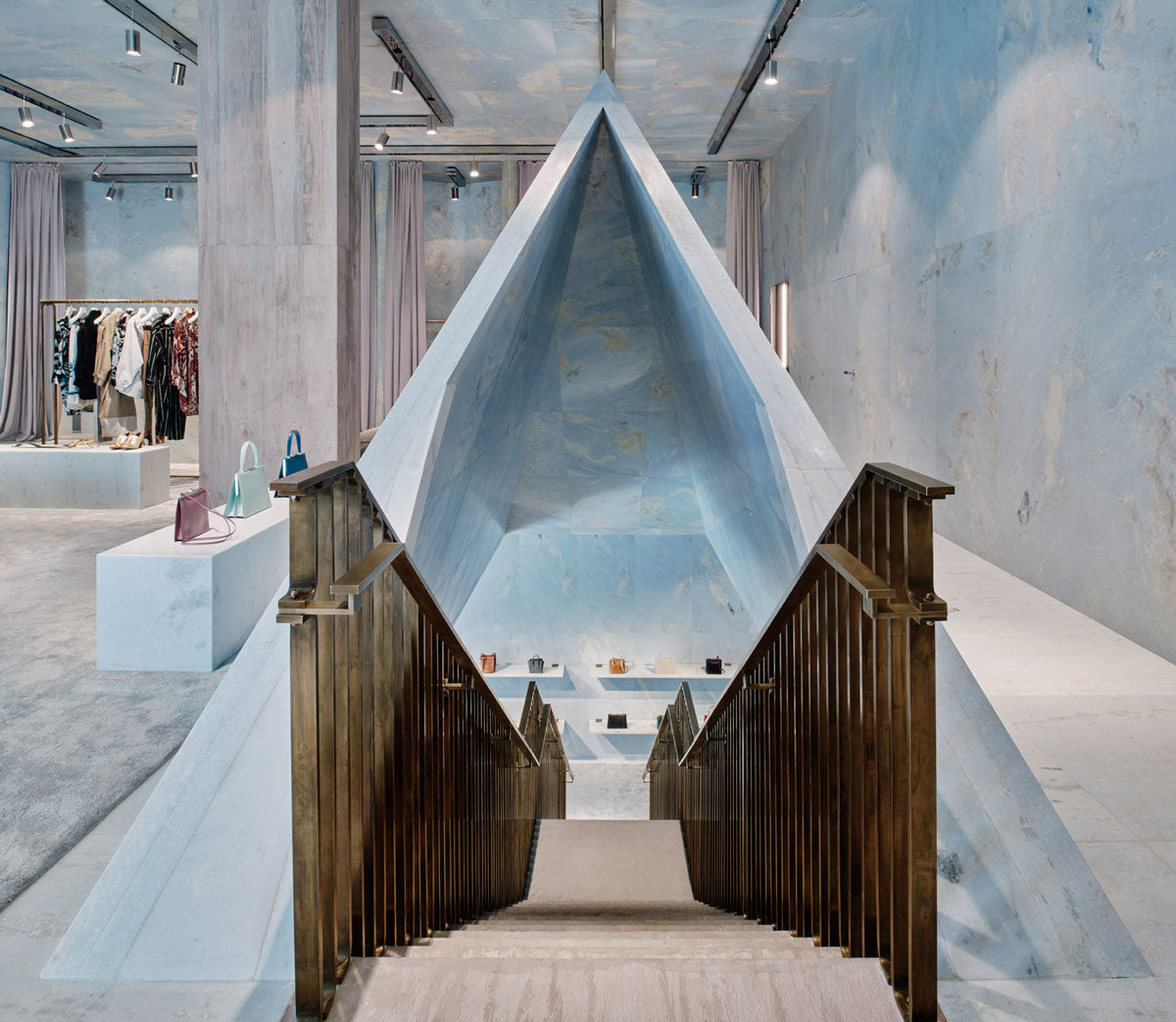The fact that architecture and fashion have walked hand in hand through history is nothing new, but it is today when the most renowned maisons search for their equivalent in design and architecture, to make their stores true works of art.
After three years of work, the new headquarters of the so very famous Saint Laurent fashion firm is moving. Where? To the other side of the Seine River, to a historic building created by architect Thomas Gobert and which has had other lives. In its early years it was a convent, better known as the Penthemont Abbey, later turning into one of the most prestigious schools for Parisian upper classes from the time. After the French Revolution, the site was reconverted into the barracks of the National Guard and then of the Imperial Guard, all this before it became the Pension Department in 1915.
Today, 9000 square meters have been renovated to become a new home and shelter for all the brand’s activities, as well as its exhibitions.



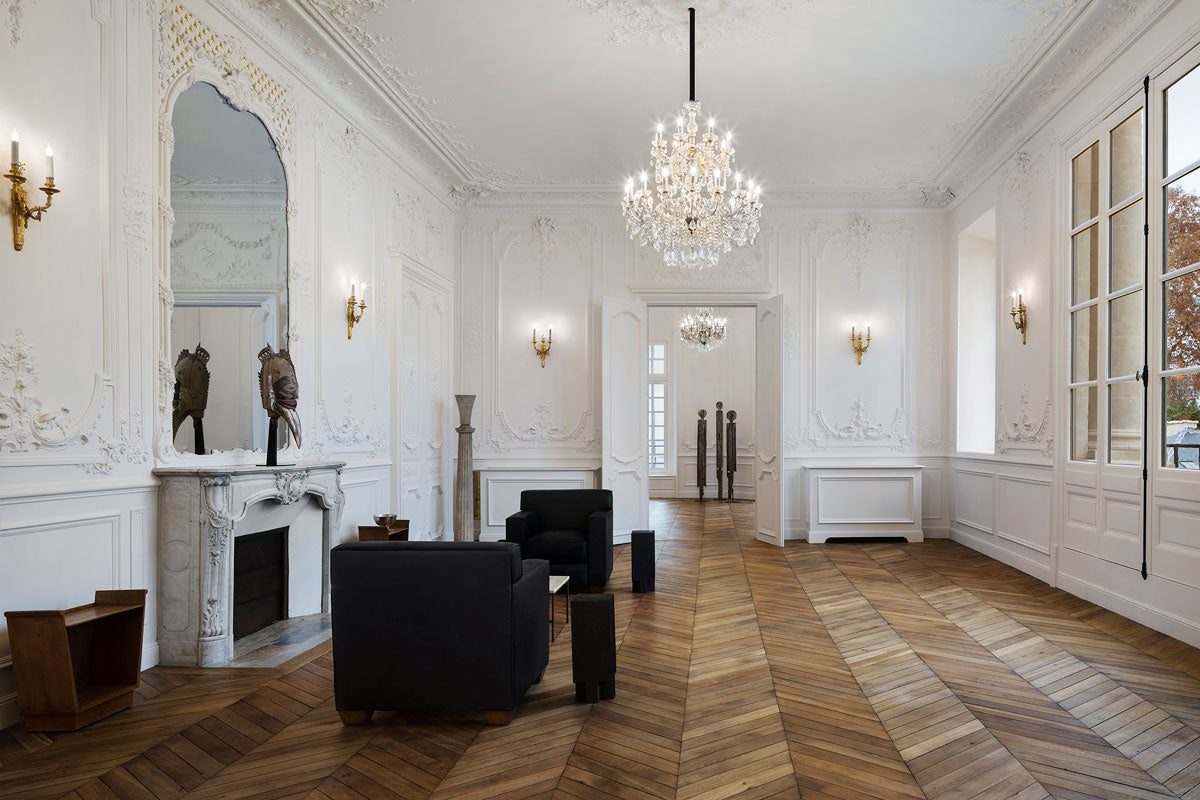
Other firms like Gucci did the same in 2016, moving their headquarters to an old airplane factory in Milan; or Balenciaga, taking up Laennec Hospital’s old building in Paris’ 7th arrondissement.
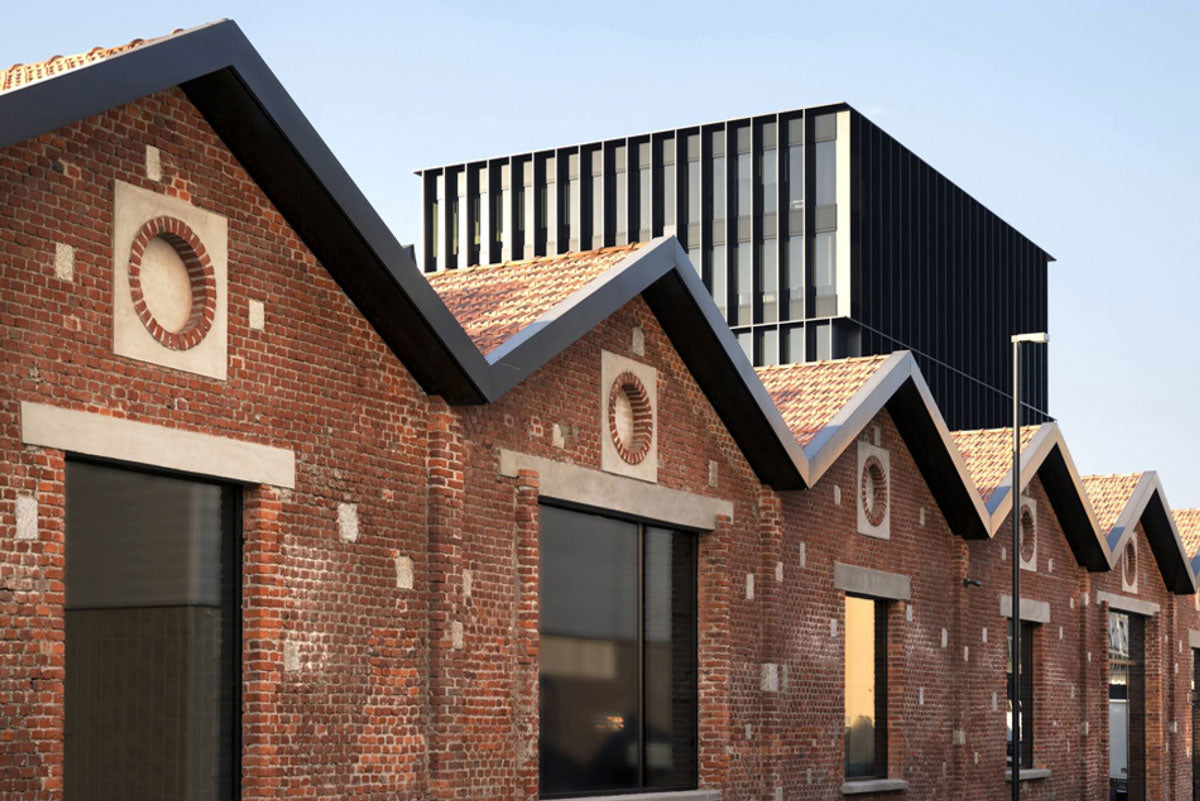 And these are not the only ones. The most iconic houses are not only looking to establish in this kind of historic and relevant buildings, whose history speaks for itself. They don’t pretend to store and exhibit their collections only; instead, their purpose is to “stand out”, by creating their own spaces made by the most renowned (and most sought-after) architects in the world, to become architectural gems and a must stop for tourists and enthusiasts of the industry (not fashion precisely). Examples? There are quite a few.
And these are not the only ones. The most iconic houses are not only looking to establish in this kind of historic and relevant buildings, whose history speaks for itself. They don’t pretend to store and exhibit their collections only; instead, their purpose is to “stand out”, by creating their own spaces made by the most renowned (and most sought-after) architects in the world, to become architectural gems and a must stop for tourists and enthusiasts of the industry (not fashion precisely). Examples? There are quite a few.
- Mansion Dior, in Seoul, by Christian de Portzamparc
In 2015, the maison opened in South Korea with the design of Pritzker Architecture Prize winner Christian de Portzamparc. The building is curvy and white, standing out from the ones around it, its façade looking like white cotton fabrics that flow constantly, as if it were a moving building.
 - Camper, in Barcelona, by Kengo Kuma
- Camper, in Barcelona, by Kengo Kuma
In addition to exhibiting all the Spanish firm’s shoe collections, you can enjoy the creative exercise of one of today’s architects. The Japanese man used only ceramic tiles, a very characteristic element in the country’s architectural tradition where the space is located.
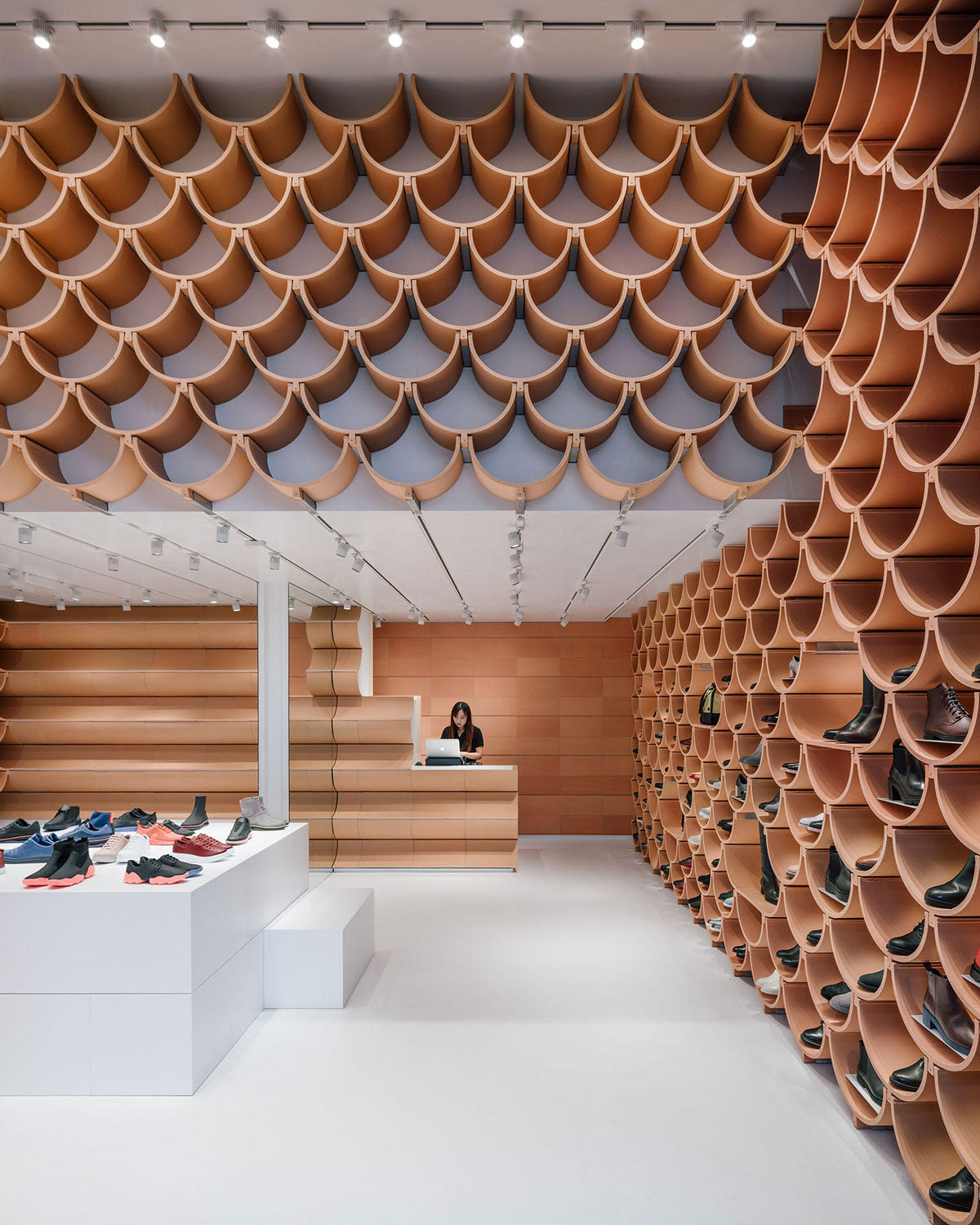 - Hermès, in Tokio, by Renzo Piano
- Hermès, in Tokio, by Renzo Piano
The embassy of the brand was inspired by Japanese paper lamps. The 15 floors in the building stand out for the use of glass, using thousands of piled blocks for its covering.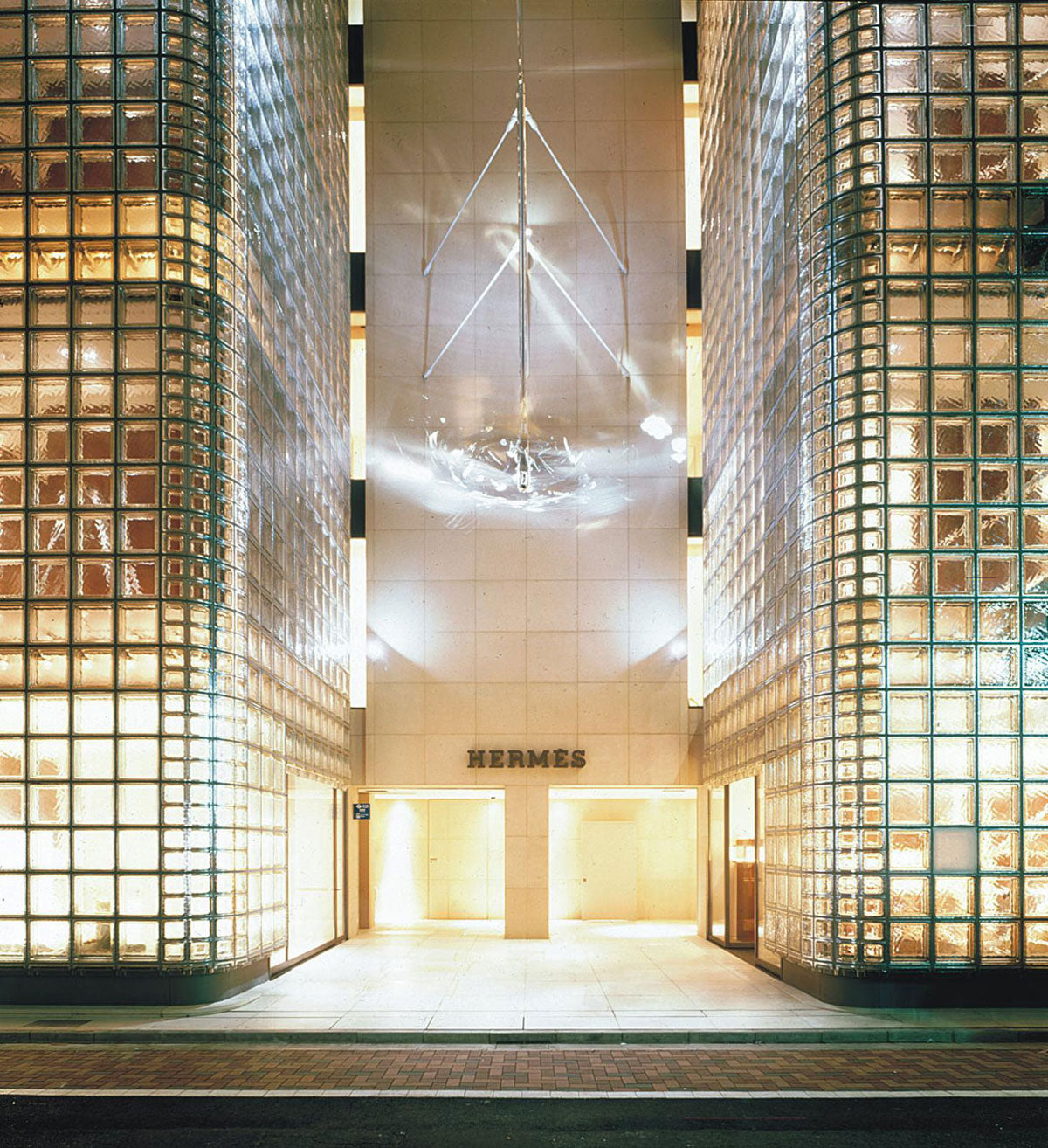 - Givenchy, in Seúl, by Piuarch
- Givenchy, in Seúl, by Piuarch
In collaboration with Riccardo Tisci, Creative Director for Givenchy until 2017, the brand’s flagship in Seoul is a building covered by a skin of steel plates that change with light, thus creating different visual effects.
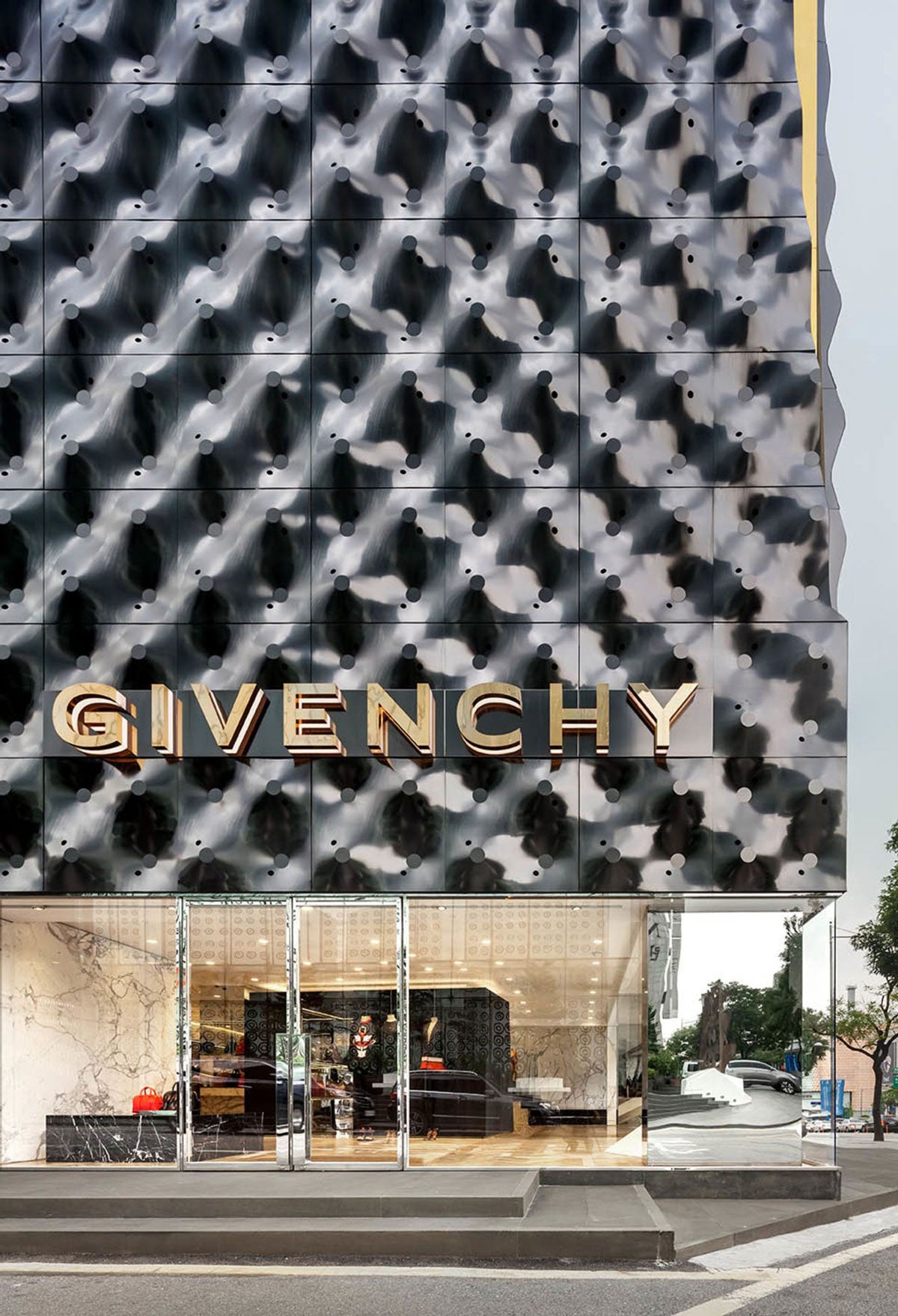 - Céline, in Miami, by Valerio Olgiati
- Céline, in Miami, by Valerio Olgiati
Breaking through the world of avant-garde architecture, Céline opened its doors through the approach of a minimalistic project, within a temple made of blue Pinta Verde marble, with pyramidal shapes that assemble through large and thick concrete pillars.
